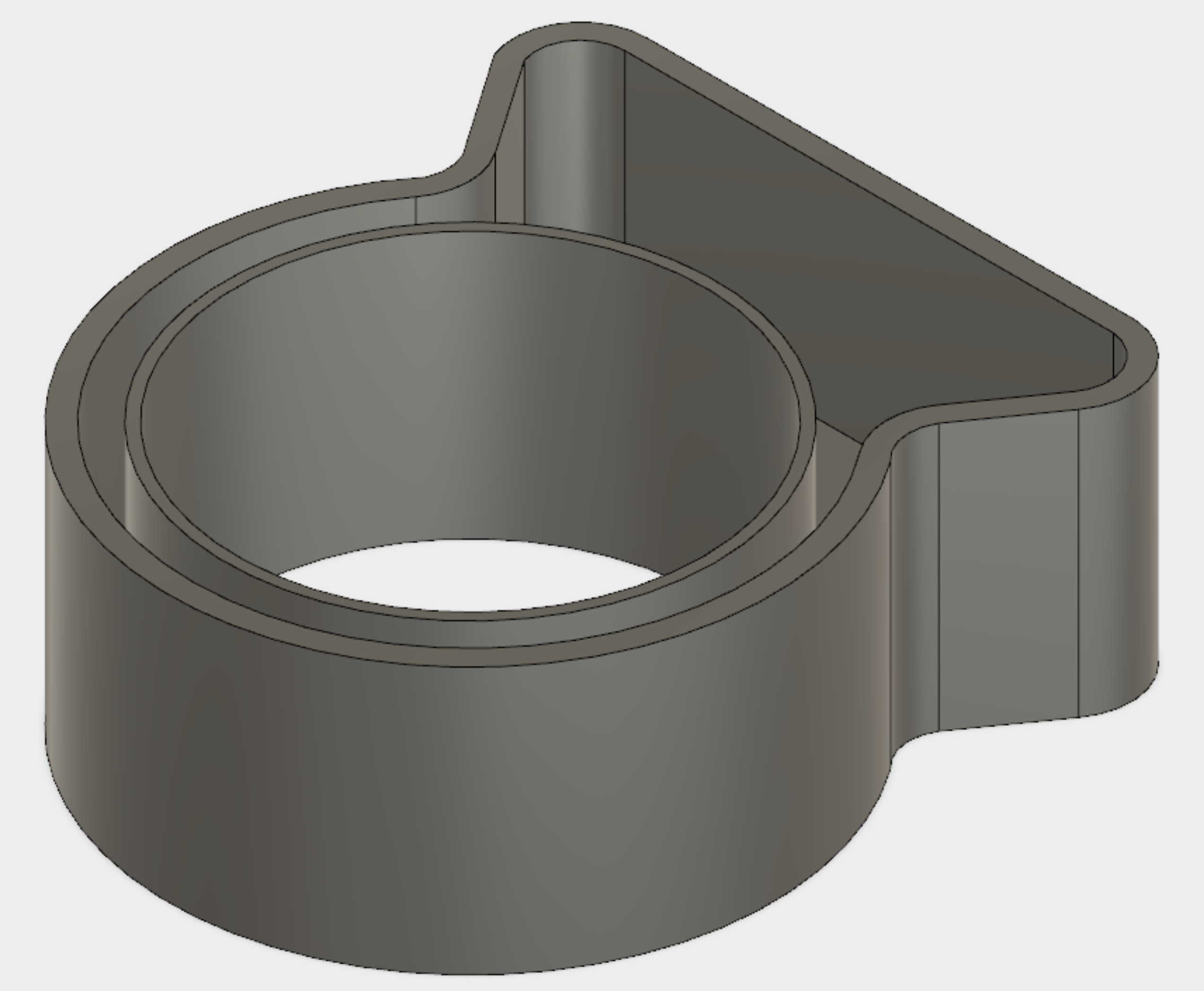Activity and movement are fundamental diagnostic parameters of animal behaviour. However, measuring long-term individual movement within groups was not possible until recently. Our ActivityMonitor provides accurate individual movement data in a fully automated way. This is a unique solution for the 24/7 long-term tracking of individual animals living in groups, which utilises an array of RFID readers positioned under the home cage of rats and mice that are implanted with RFID transponders.
Honours and Masters project
Displaying 211 - 220 of 233 honours projects.
Working remotely under the COVID-19 pandemic has given rise to the demand for cloud-based technology, including online file sharing and cloud storage services. However, attackers have recently abused these platforms and propagated the emails that contain a file-sharing link to bypass the email filter. A typical example is that criminals can easily create and share phishing forms through legitimate form builders, e.g., Google Form to trick users into handing over sensitive information such as password or credit card number.
People are continuously receiving unsolicited emails where phishers impersonate legitimate organisations or trusted sender to harvest victim credentials. The rapid advance of AI boosts recent automatic detection of phishing attempts but also provides hackers with the opportunities to build increasingly sophisticated phishing tactics to bypass the filter. While attackers leverage social engineering to exploit human weakness, human skills can be a powerful component in cyber defence such as cognitive function and professional judgment.
Deep learning has achieved ground-breaking performance in many 2D vision tasks in the recent years. With more and more 3D data available such as those captured by Lidar, the next research trend is doing advanced perception on 3D data. The objective of this project is to study the state-of-the-art object detection techniques for 3D point clouds such as PointNet and PointVoxel.
Modern machine learning is increasingly applied to create amazing new technologies and user experiences, many of which involve training machines to learn responsibly from sensitive data, such as personal photos or email. Ideally, the parameters of trained machine-learning models should encode general patterns rather than facts about specific training examples.

It is quite challenging to access to videos for people who are blind or have low vision (BLV), particularly creating audio descriptions that describe the scenes without interfering the dialogues in a video. There is also the challenge of providing additional information using multi-modal feedback, that is using non-speech audio and haptics.

Haptic ring is a wearable device that is used by people who are blind or have low vision. It provides electro-vibration feedback on different locations of users' fingers. Its primary use is to extend the user interaction with touch screens in which haptic feedback is restricted due to battery consumptions.

People who are blind or have low vision (BLV) access documents using screen readers such as JAWS and NVDA. These screen readers emulates a cursor moving around the screen using arrow keys or various shortcut combinations.
Since the 1990s, researchers have known that commonly-used public-key cryptosystems (such as RSA and Diffie-Hellman systems) could be potentially broken using efficient algorithms running on a special type of computer based on the principles of quantum mechanics, known as a quantum computer. Due to significant recent advances in quantum computing technology, this threat may become a practical reality in the coming years. To mitigate against this threat, new `post-quantum’ (a.k.a.
With the rise of software systems ranging from personal assistance to the nation's facilities, software defects become more critical concerns as they can cost millions of dollars as well as impact human lives. Yet, at the breakneck pace of rapid software development settings (like CI/CD, Agile, Rapid Releases), Software Quality Assurance (QA) practices (e.g., code review and software testing) nowadays are still time-consuming.